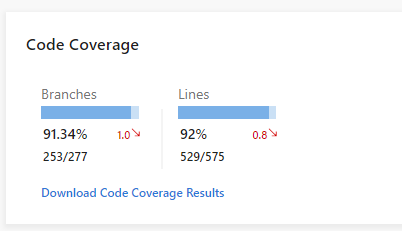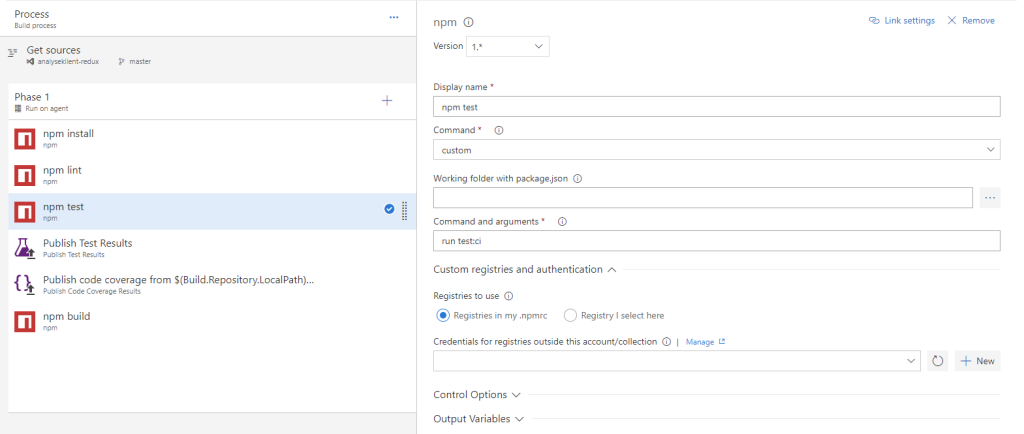Today I heard back from the journal we submitted our paper to a couple of months ago. The article was rejected, which is to be expected I suppose. At least that is what everyone tells me: expect rejections.
In all fairness I was also aware that peer-reviewers can be overly harsh and leave you feeling that your work is of no value whatsoever. Just take a look here if you don’t believe me.
However, what struck me about this rejection was a single sentence from the editor. I’ll provide it here in context:
In addition, the English needs improvements as the reviewers expressed difficulties of understanding or unclear statements throughout the manuscript. Please seek professional English editing services. You are welcome to use any editing service of your liking. If needed, professional English editing services are available at [redacted].
Ok, so my English is now so bad that I need “professional help”? Granted, I am not a native English speaker, but I still feel that I’m able to write rather understandable English. I know I should not be the judge of that myself, and according to the editor the “reviewers expressed difficulties of understanding or unclear statements throughout the manuscript”. Did they, now?
Here is what reviewer 1 has to say: “Finally, there are some grammar issues to fix.”
Reviewer 2 takes a page-by-page-line-by line approach, noting ~5 occurrences of spelling errors, and saying that the text in “unclear” in a couple of places.
Reviewer 3 has no comments regarding the language at all.
So, in light of this: One of three reviewers found several spelling errors and had trouble understanding some parts. This reviewer was also the most critical in other aspects, suggesting that the paper should be rewritten completely, as she/he does not agree with our main idea. Fair enough. But to extrapolate from that to say that the text is difficult to understand and that I need professional help? Chill the fuck down, mr. editor!
What I fail to understand is why feedback like this should warrant the statement: “Please seek professional English editing services”. To me this phrase sounds like: “you do not know how to write in English, do something about it!!”.
Well, maybe I’m just a bit angry and disappointed that the paper was rejected, but this just affirms my views on academic publishing. A complete lack of empathy and understanding and the idea that “since somebody once gave me harsh critique I need to be harsh as well”. Well, fuck that shit. By all means, point out my errors, encourage me to re-write and re-phrase myself, but don’t be such a fucking dick about it.
And, yeah, I don’t discard the idea that this “suggestion” is based on the fact that the publishing house probably makes some money on referring me to a “professional English editing service”.





